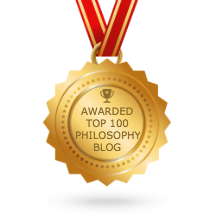--------------------------------------------------
George Bishop stared intently at the bowl of oranges before him and then thought it into thin air.
He started by making an obvious distinction between the features of the oranges that are mere appearances and those properties that they really have. The colour, for example, is a mere appearance: we know that the colourblind, or animals with different physiologies, see something very different from the normal human experience of "orange". The tastes and smell are also mere appearances, as these too vary according to who or what is perceiving the fruit, while the fruit itself remains the same.
But as he started stripping away the "mere appearances" from the fruits, he found himself left with vanishingly little. Could he even talk about the actual size and shape of the fruits, when these features seem to depend on how his senses of sight and touch perceive them? To truly imagine the fruit in itself, independent of the mere appearances of sense perception, he was left with the vague idea of something, he knew not what. So what is the real fruit: this gossamer "something" or the collection of mere appearances after all?
Source: The Principles of Human Knowledge by George Berkeley, 1710
Baggini, J., The Pig That Wants to Be Eaten, 2005, p. 268.
---------------------------------------------------
So what do you think? Is the world only observed? Is there anything really there if we take all of our observations away? I'll be back on Friday with my own observations on this. Try not to disappear before then.


